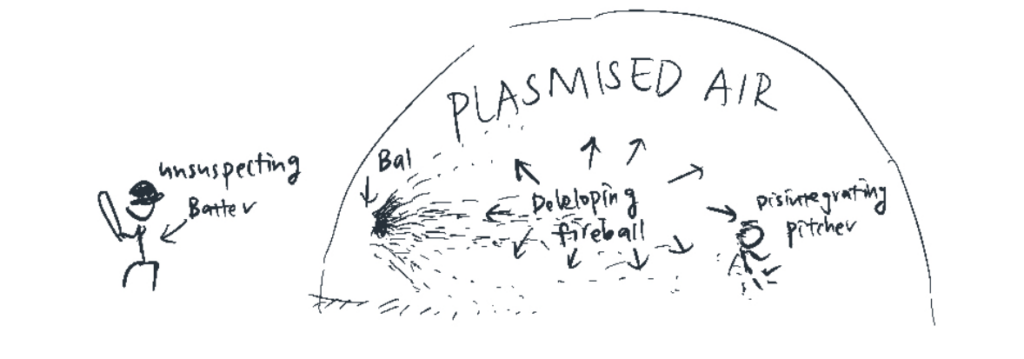Q: What would happen if the Earth and all terrestrial objects suddenly stopped spinning, but the atmosphere retained its velocity?
A:
- At the equator, the Earth’s surface is moving at about 470 meters per second– a little over a thousand miles per hour – relative to its axis. Everyone living between 42 degrees north and 42 degrees south (which includes about 85 percent of the world’s population) would suddenly experience supersonic winds.
- Longyearbyen, on the island of Svalbard in Norway – the highest- latitude – above 60 degrees N- would be devastated by winds equal to those in the planet’s strongest tropical cyclones.
- While Helsinki, Finland (still above 60 degrees North) wouldn’t be enough to keep it from being scoured clean by the winds, the bedrock below Helsinki contains a sophisticated network of tunnels, along with a subterranean shopping mall, hockey rink, swimming complex, and more.
- Comedian Ron White said about hurricanes, “it’s not that the wind is blowing, it’s what the wind is blowing”
- The dozens of scientists and staff at the Amundsen- Scott research station at the South Pole would be safe from winds.
- Right now, the Earth spins faster than the Moon, our tides slow down the Earth’s rotation while pushing the Moon away from. If we stopped rotating, instead slowing us down, its tides would accelerate our spin. Quietly, gently, the Moon gravity would tug on our planet……and Earth would start turning again.
Q: What would happen if you tried to hit a baseball pitched at 90 percent the speed of light?
A:
- It actually needs a nanosecond-by-nanosecond portrait.
- 1mile = 1.610 km. Speed of Light = 6.706e^8 mph. Air molecules would vibrate back and forth at a few hundred miles per hour, but the ball would be moving through them at 600 million miles per hour, so for the ball, they would be just as frozen.
- Aerodynamics wouldn’t apply (normally air would flow around anything moving through it). MIT physicist Hans Rinderknecht simulated this scenario that in the ball’s early flight, most of the air molecules were actually moving too quickly to cause fusion, and would pass right through the ball, heating it more slowly and uniformly.
- Then the ball would smack into air molecules so hard that the atoms in the air molecules would actually fuse with the atoms in the ball’s surface, releasing a burst of gamma rays and scattered particles. These gamma rays and debris expand outward and tear apart the molecules in the air, ripping the electrons from the nuclei and turning the air in the stadium into an expanding bubble of incandescent plasma.

- The constant fusion at the front of the ball would push back on it, slowing it down, but even the tremendous force from this ongoing thermonuclear explosion would barely slow it down at all….it tears away at the surface, blasting tiny fragments of the ball in all directions, and such fragments would be going so fast and trigger two or three more rounds of fusion.
- After about 70 nanoseconds the ball would arrive at home plate. And all in the first microsecond, the shell of x-rays and superheated plasma would expand outward and upward, swallowing the backstop, both teams, the stands, and the surrounding neighborhood.
- Watching if from a hilltop outside the city : blinding light, far outshining the sun–> gradually fade over the course of a few seconds –> growing fireball rise into a mushroom cloud –> with a great roar, the blast wave arrive, tearing up trees and shredding houses. Everything within a mile of the park would be leveled, a firestorm would engulf the surrounding city.




